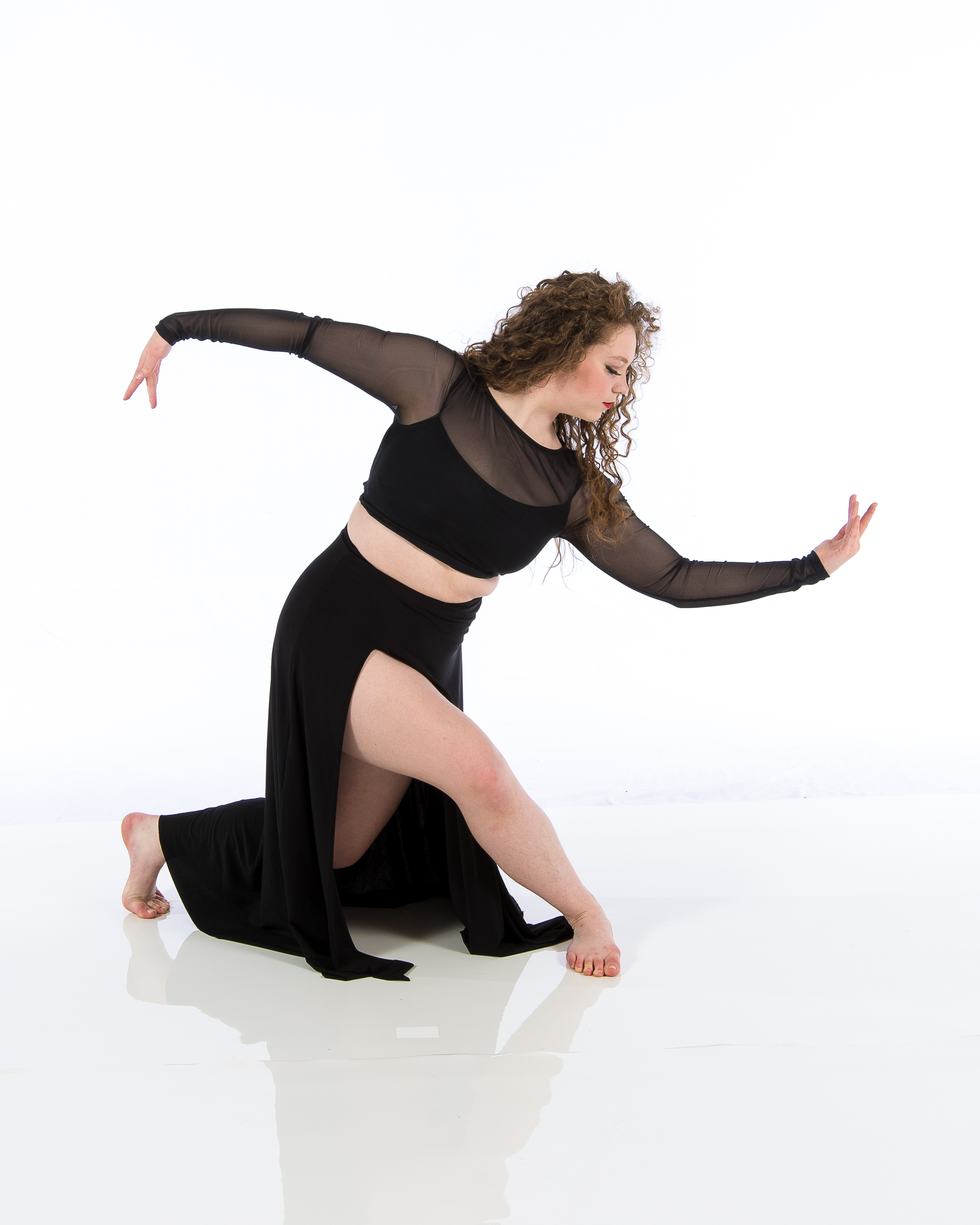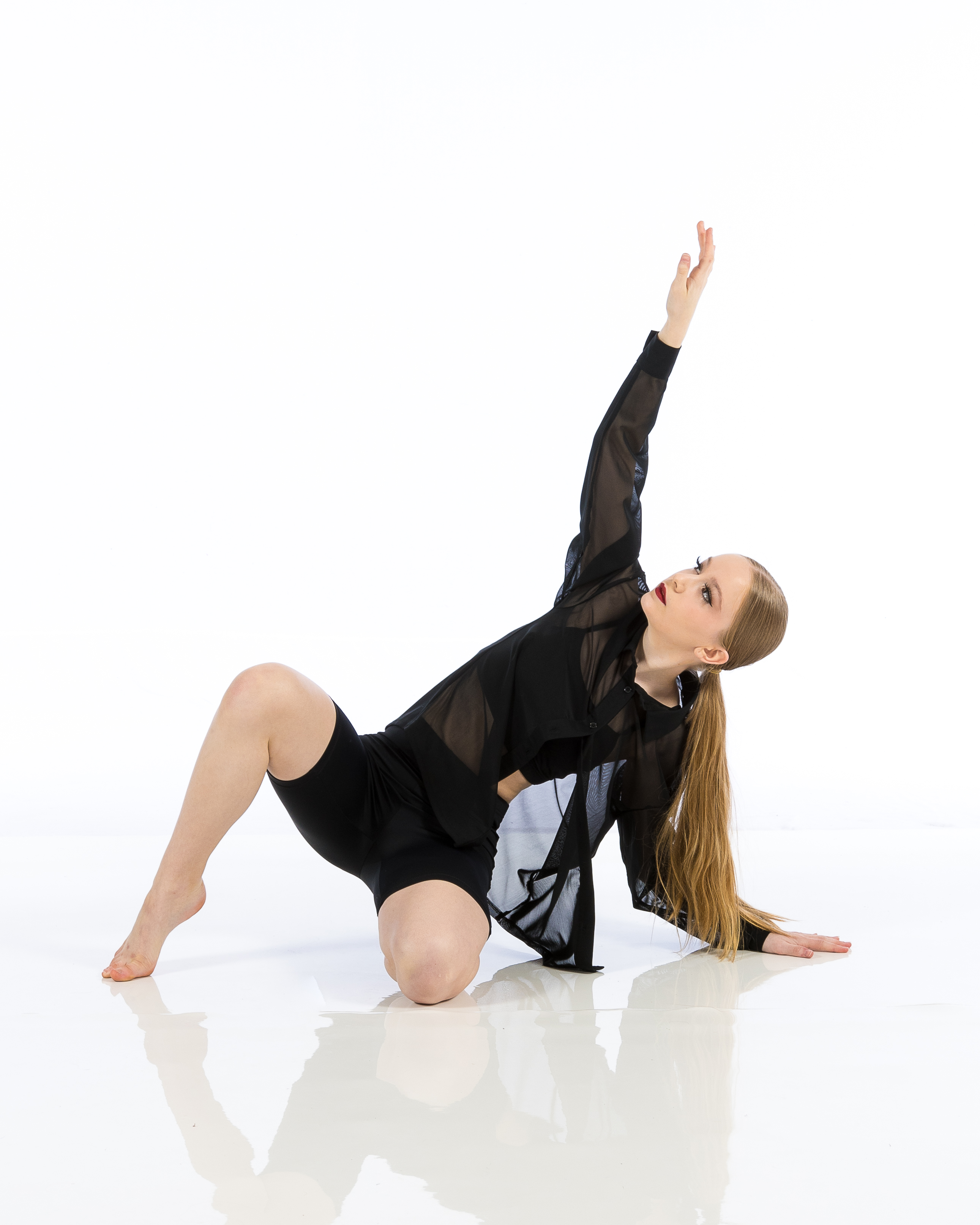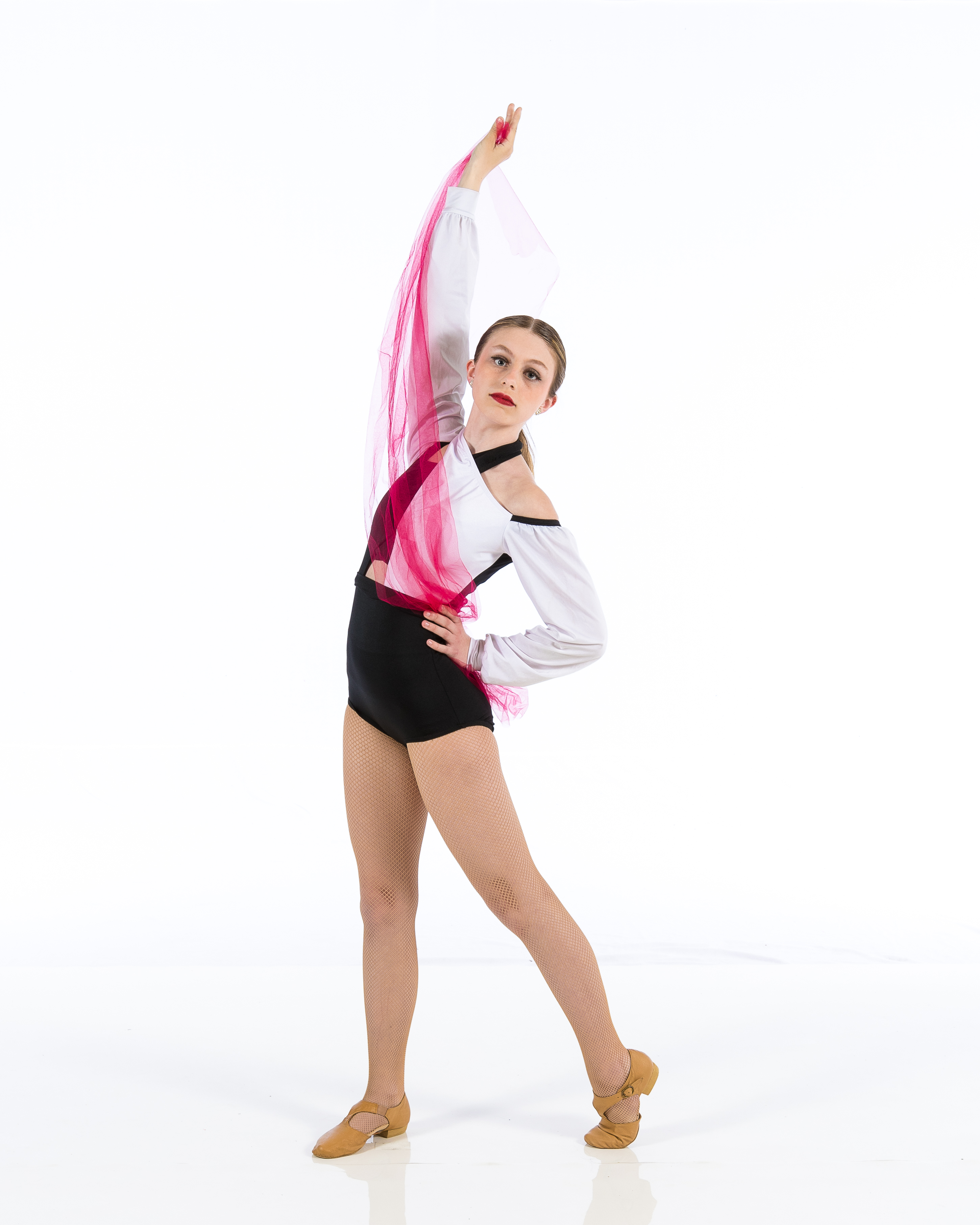Introduction
In the world of dance, choreography is the heartbeat that fuels every performance. It's not just about arranging movements; it’s an art form that embodies emotion, storytelling, and creativity. Crafting Choreography: The Creative Process at Doty Performance delves deep into the intricate steps involved in creating a mesmerizing dance piece. This article aims to uncover the methods, inspiration, and artistry behind choreography at Doty Performance, a renowned dance studio known for its innovative approach and exceptional talent.
Table of Contents
Understanding Choreography- What is Choreography? The Importance of Choreography in Dance
- Skills Every Choreographer Needs How Do Choreographers Draw Inspiration?
- Stages of Creating a Dance Piece Finding the Right Music
- How to Develop Unique Movement Vocabulary The Connection Between Movement and Emotion
- Working with Dancers: Building Relationships Input from Other Artists: Musicians and Designers
- Structuring Rehearsals for Success Managing Time and Energy in Rehearsals
- The Importance of Constructive Criticism How to Incorporate Feedback Effectively
- Polishing Movements: The Last Touches Preparing for Performance Day
- What Happens on Performance Day? The Role of Audience Engagement
- Analyzing What Worked and What Didn’t How Does Feedback Shape Future Works?
- Trends in Contemporary Dance Historical Influences on Modern Choreography
- Using Digital Tools to Enhance Creativity The Impact of Social Media on Dance Sharing
- Emerging Trends in Movement and Style Predictions for the Next Decade
1. Understanding Choreography
What is Choreography?
Choreography refers to the art of designing sequences of movements in which motion, form, or both are specified. It's akin to writing a script for a dance performance, where each step tells part of a story or conveys emotion through physical expression.
The Importance of Choreography in Dance
Why is choreography so vital? Well, it serves as the foundation upon which performances are built—providing structure, flow, and rhythm while allowing dancers to express their individuality through movement.
2. The Role of a Choreographer
Skills Every Choreographer Needs
A successful choreographer must possess a diverse skill set, including creativity, communication skills, leadership qualities, and an understanding of various dance styles.
How Do Choreographers Draw Inspiration?
Inspiration can strike from anywhere—nature, personal experiences, literature, or even conversations with others! A good choreographer knows how to capture these inspirations and translate them into beautiful movement.
3. The Creative Process Unveiled
Stages of Creating a Dance Piece
Creating a dance piece involves several stages:

- Concept Development: Generating ideas based on themes or emotions. Music Selection: Choosing soundtracks that resonate with the intended message. Movement Creation: Designing specific movements that align with music and theme.
Finding the Right Music
Music sets the tone for any performance; thus selecting the right soundtrack is crucial! It should complement both the emotional journey of the choreography as well as the technical aspects required by dancers.
4. Movement Language
How to Develop Unique Movement Vocabulary
Developing unique movement vocabulary allows choreographers to distinguish their style from others'. This involves experimenting with different forms and incorporating elements from various genres like ballet or hip-hop.
The Connection Between Movement and Emotion
Dance is all about expressing emotion through movement—each gesture carries meaning that resonates with audiences if executed thoughtfully!
5. Collaboration in Dance
Working with Dancers: Building Relationships
Choreographers must foster strong relationships with their dancers to create an atmosphere conducive to creativity and expression—a supportive environment leads to memorable performances!
Input from Other Artists: Musicians and Designers
Collaboration extends beyond dancers; working closely with musicians, costume designers, set designers creates synergy that enhances overall production quality.
6. Rehearsal Dynamics
Structuring Rehearsals for Success
Effective rehearsals require careful planning—balancing time spent on learning choreography versus refining movements ensures productivity without overwhelming participants.
Managing Time and Energy in Rehearsals
It's essential for choreographers to keep an eye on energy levels during rehearsals; knowing when it's time for breaks can make all difference between fatigue-induced errors versus polished execution!
7. Feedback Loop
The Importance of Constructive Criticism
Constructive criticism helps artists grow; feedback should be delivered respectfully while focusing on positives alongside areas needing improvement—this balance fosters growth while boosting morale!
How to Incorporate Feedback Effectively
Successful integration involves actively listening rather than defensively reacting; implementing suggestions leads not only towards better performances but also strengthens relationships between choreographers & dancers!
8. Finalizing the Piece
Polishing Movements: The Last Touches
Before performance day arrives there’s always room left for refinement! Fine-tuning transitions between phrases enhances flow while ensuring clarity throughout routines provides optimal viewing experience!
Preparing for Performance Day
Preparation entails more than just rehearsing—it encompasses everything from warm-ups before shows down checking costumes & stage settings beforehand ensuring seamless execution once showtime arrives!
9. Performance: Bringing It All Together
What Happens on Performance Day?
Performance days can be exhilarating yet nerve-wracking! Last-minute adjustments often occur alongside pre-performance rituals designed calm nerves enabling performers shine brightest under spotlight!
The Role of Audience Engagement
Engaging audiences transforms ordinary performances into extraordinary ones! Captivating viewers requires skilled storytelling woven throughout entire presentation captivating hearts minds alike leaving lasting impressions long after curtain falls!
10. Post-Performance Reflection
Analyzing What Worked and What Didn’t
Reflecting post-show allows creators gain insights into what resonated best audiences while identifying aspects needing attention going forward making future works even stronger!
How Does Feedback Shape Future Works?
Feedback offers invaluable perspective artists often miss themselves—incorporating critiques improves artistry elevates subsequent pieces leading greater successes ahead paving paths toward excellence within industry itself!
11. The Evolution of Dance Styles
Trends in Contemporary Dance
Contemporary dance showcases diverse influences merging traditional styles modern techniques pushing boundaries creativity exploring new horizons continuously evolving over time captivating audiences worldwide!
Historical Influences on Modern Choreography
Understanding historical contexts enriches contemporary works allowing artists honor lineage past generations while innovating fresh expressions today shaping future developments within performing arts landscape globally!
12. Technology in Choreography
Using Digital Tools to Enhance Creativity
Advancements technology offer choreographers tools facilitate ideation processes—from apps aiding composition organizing ideas digital platforms showcasing talents reaching broader audiences globally enhancing visibility impact across industries alike!
The Impact of Social Media on Dance Sharing
Social media revolutionized how dance studio dances shared viewed enabling instant connections fostering communities around shared passions inspiring collaborations networks forming organically enabling creative exploration unfettered by geographical limitations !
13. The Future Of Dance Composition
Emerging Trends In Movement And Style
As cultures blend evolve globally emerging trends reflect diversity artistic expression paving pathways toward innovative compositions transcending traditional boundaries enriching repertoire available performers everywhere !
Predictions For Next Decade
Predictions suggest continued fusion genres focus inclusivity accessibility emerging voices rising prominence reshaping landscapes empowering underrepresented narratives illuminating richness artistry capturing hearts minds future generations forever intertwined within fabric society itself !

FAQs
1) What is choreography?
Choreography refers specifically designing sequences movements intended convey particular messages emotions through dance performances artistic expressions reflecting diverse cultural backgrounds styles influences felt worldwide today !
2) How do I find inspiration as a choreographer?
Inspiration can come from many sources such nature personal experiences conversations literature anything really—it’s all about being open receptive discovering connections around you then translating them moves resonate deeply audience level bringing stories life vividly engagingly !
3) What should I consider when selecting music for my piece?
When choosing music pay attention tempo mood lyrical content ensuring alignment intended message theme conveyed throughout choreography enhancing overall impact experience provide viewers listeners alike something special remember long after curtain falls !
4) How important are rehearsals?
Rehearsals play crucial role preparing performers refining skills building confidence rapport among cast members—they allow us practice polish ensure seamless execution during final presentations ultimately creating memorable experiences audiences enjoy together collectively celebrating artistry triumphantly !

5) What’s involved finalizing a dance piece before performance?
Final touches involve polishing transitions clarifying details ensuring clarity consistency throughout routine preparing costumes stage setting logistics—all these factors contribute success achieving desired vision realized fully bring dreams fruition beautifully exhibit talent passion artistry encapsulated gracefully captivating hearts minds effortlessly enthralling everyone present here today !
6) How does technology affect choreography today?
Technology has revolutionized way we create share dance—from digital tools aiding composition processes social media platforms amplifying voices connecting artisans across globe inspiring collaborations sparking innovations transforming landscape performing arts continually evolving enhancing reach impact now possible never imagined before opening doors endless possibilities awaiting exploration discovery along journey ahead filled excitement promise greatness unfolding wondrously !
Conclusion
In conclusion, crafting choreography at Doty Performance is an intricate process that melds creativity with technique—a harmonious blend that results in breathtaking performances capable touching souls inspiring hearts minds alike! By understanding each aspect—from conceptualization right down rehearsal dynamics—we see how dedication collaboration lead towards excellence enriching lives every step along journey taken together forever etched memories cherished deeply within community formed around love passion expressed through movement artfully crafted shared joyously amongst friends families strangers alike united celebrating beauty diversity human experience we all share together!